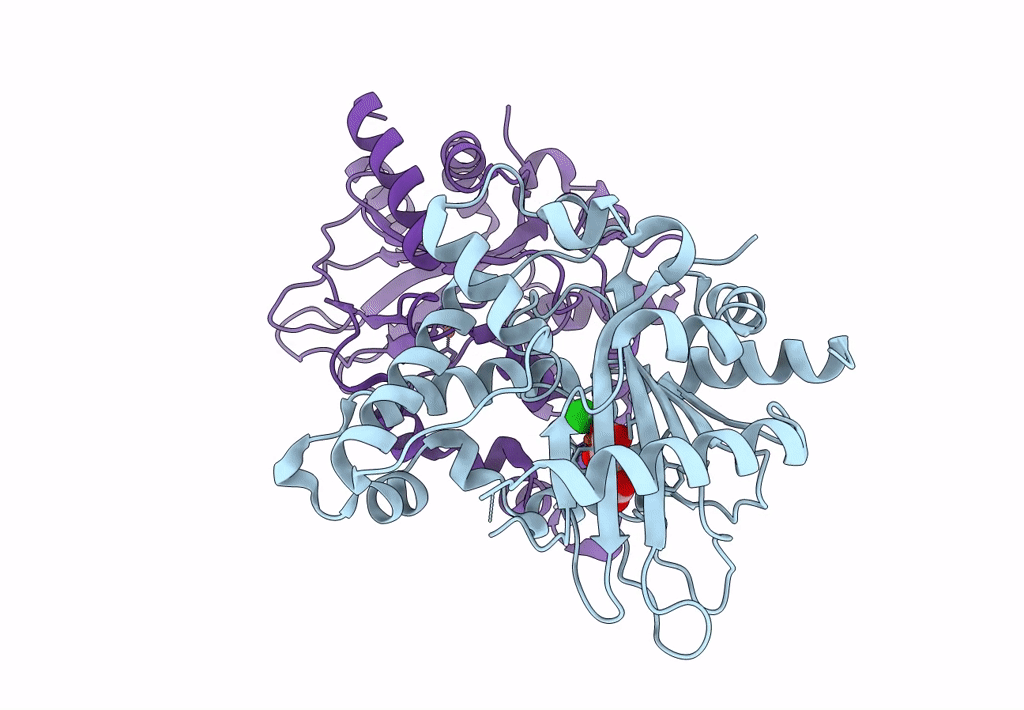
Deposition Date
2010-06-23
Release Date
2010-07-28
Last Version Date
2024-04-03
Entry Detail
PDB ID:
3NNL
Keywords:
Title:
Halogenase domain from CurA module (crystal form III)
Biological Source:
Source Organism:
Lyngbya majuscula (Taxon ID: 158786)
Host Organism:
Method Details:
Experimental Method:
Resolution:
2.88 Å
R-Value Free:
0.28
R-Value Work:
0.25
R-Value Observed:
0.25
Space Group:
P 1 21 1


